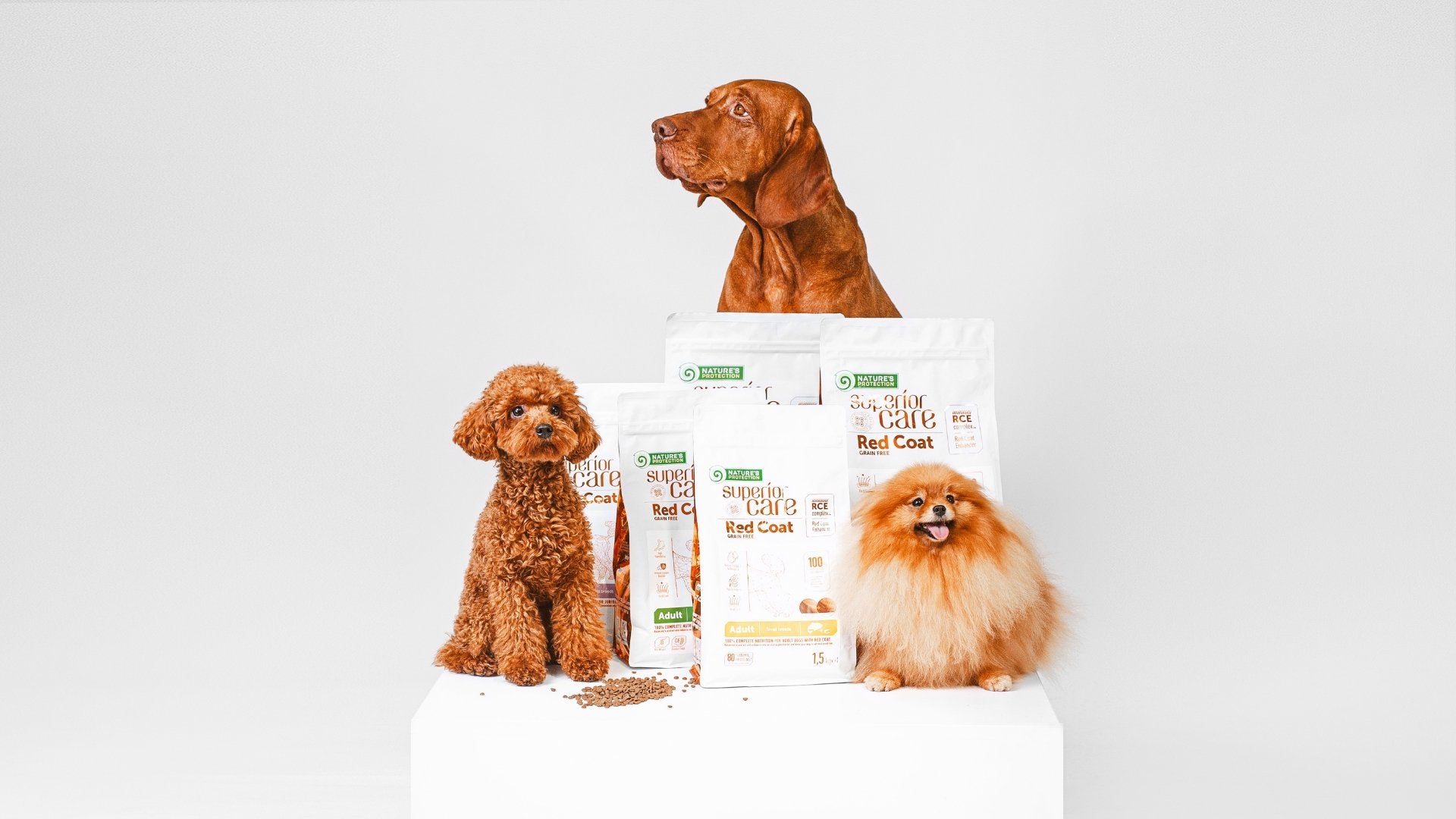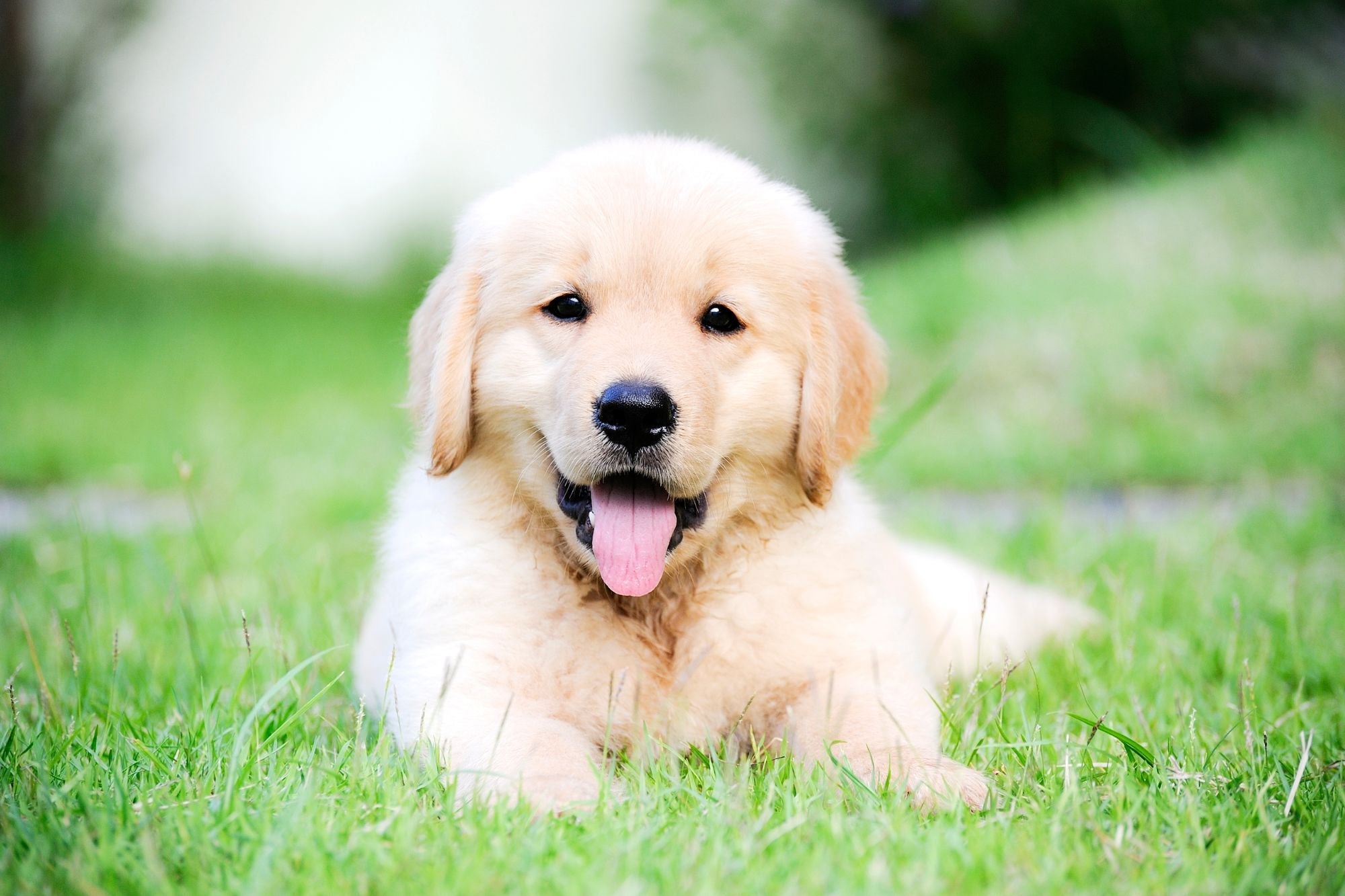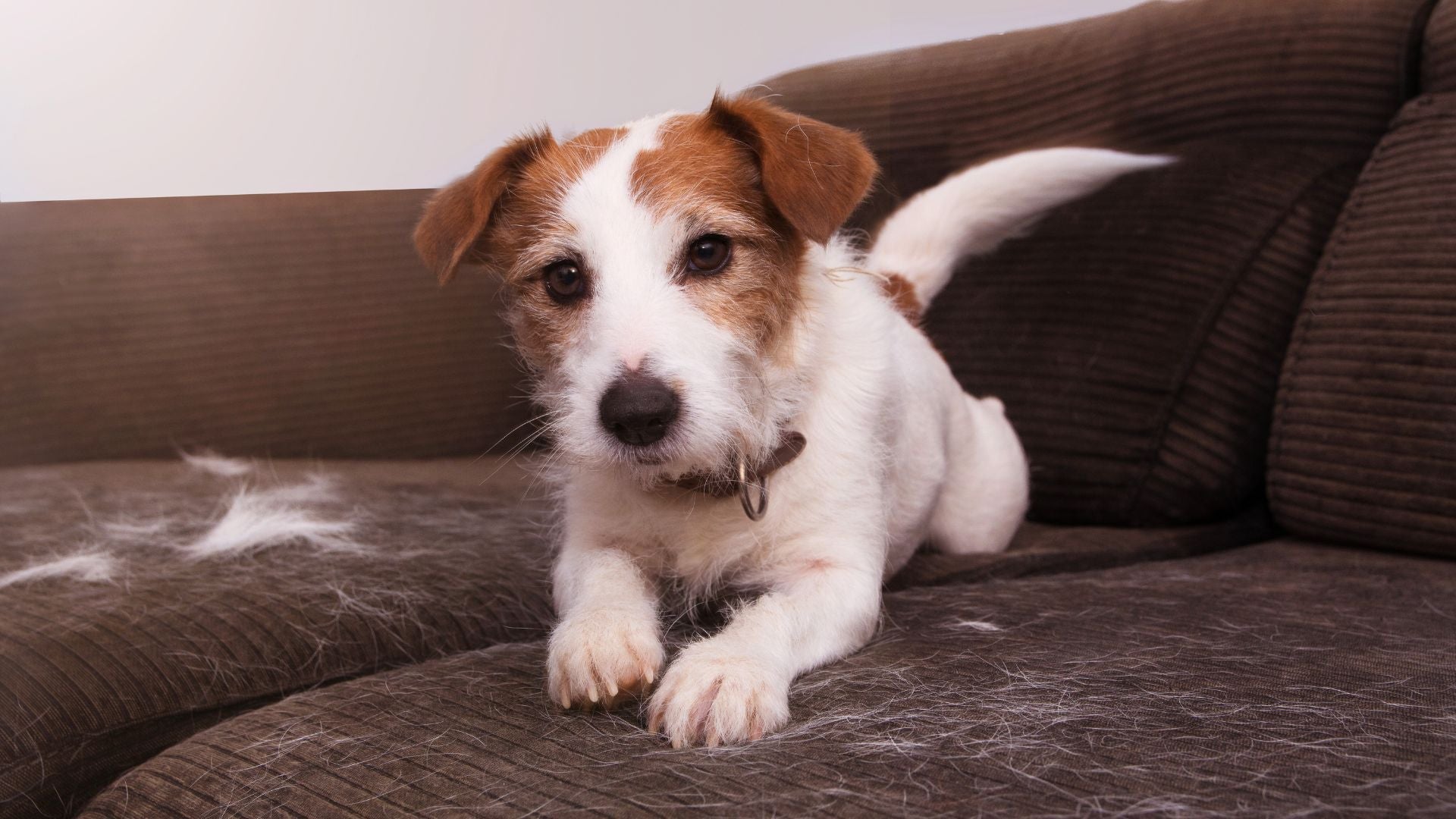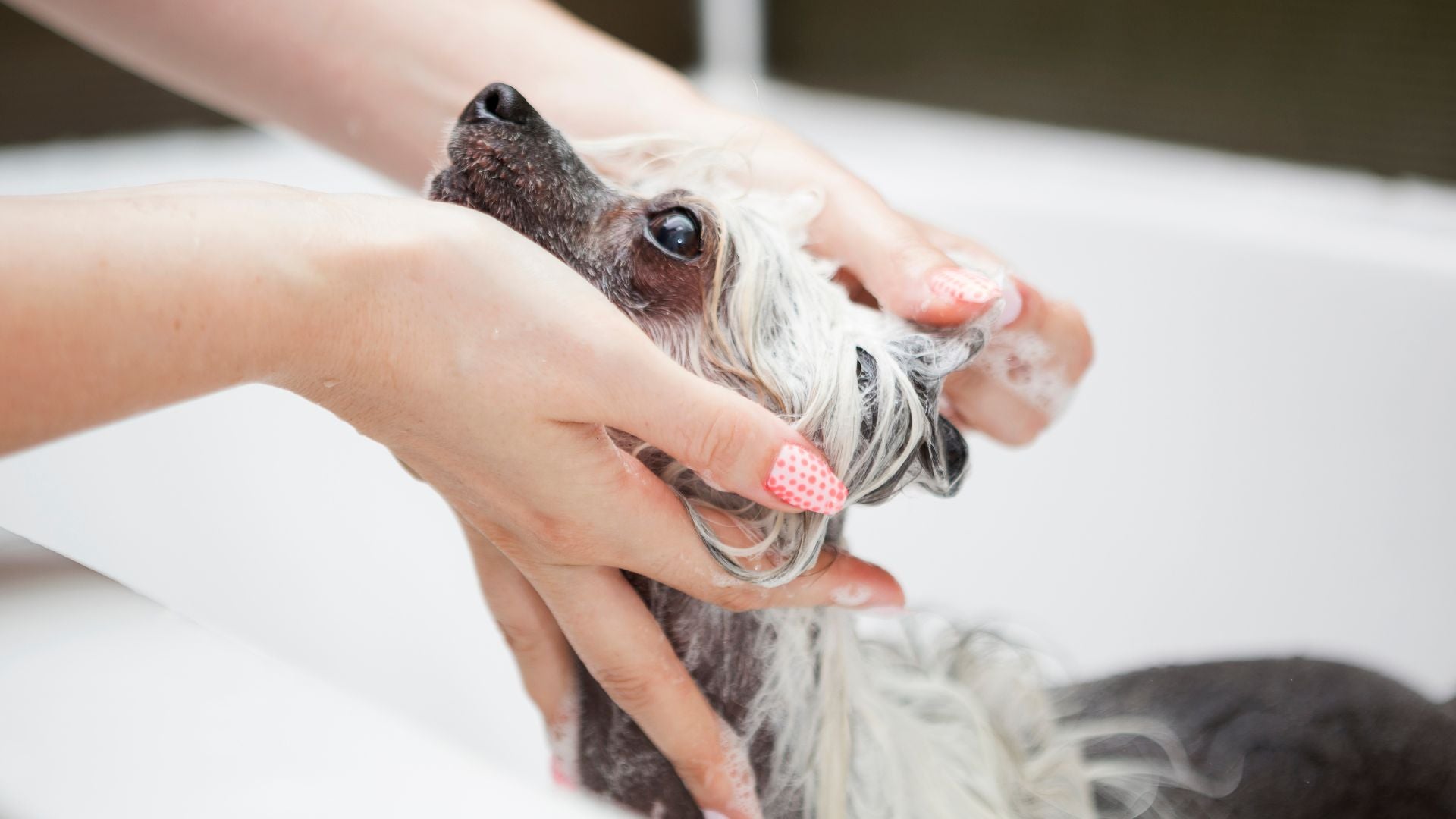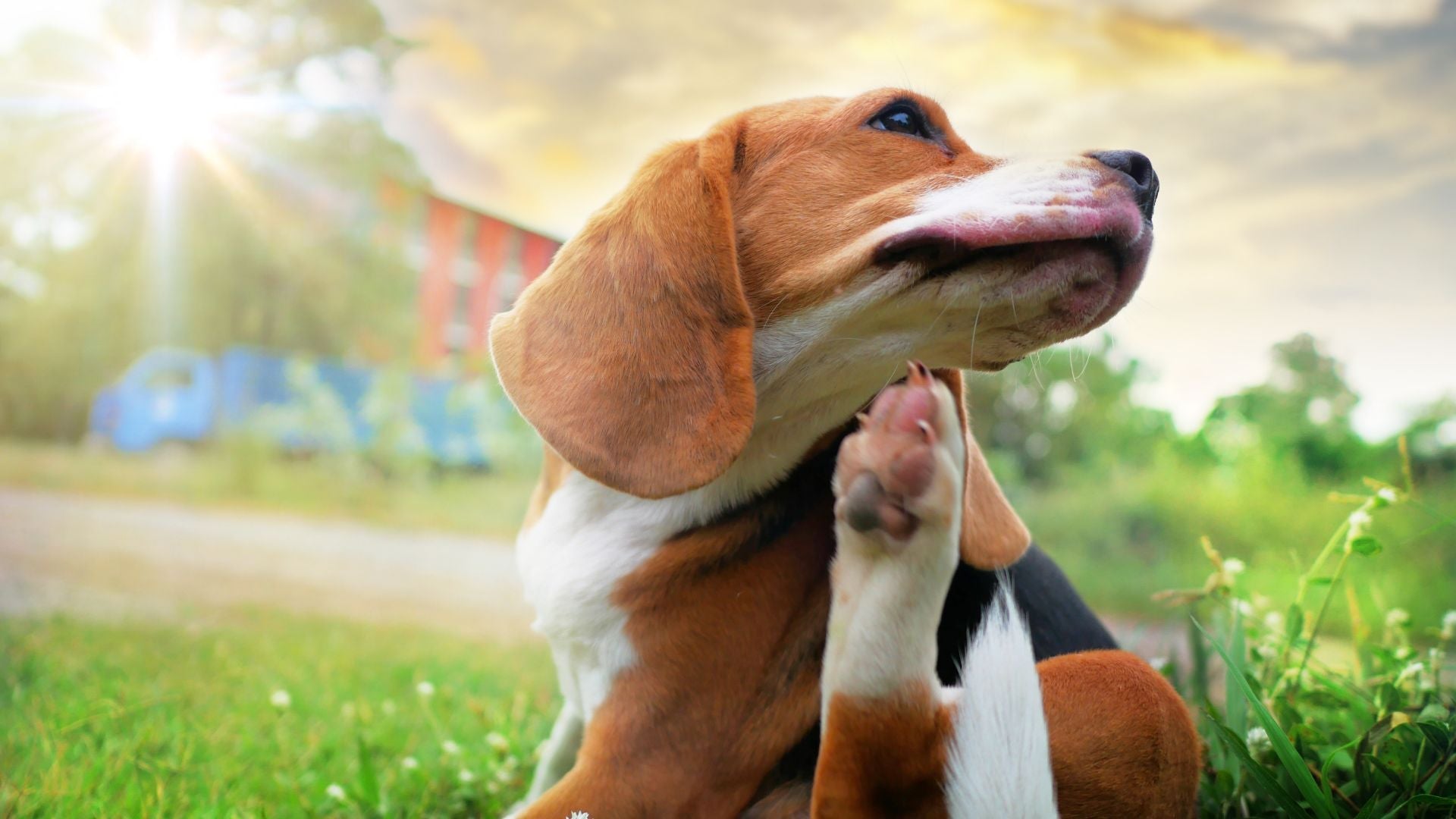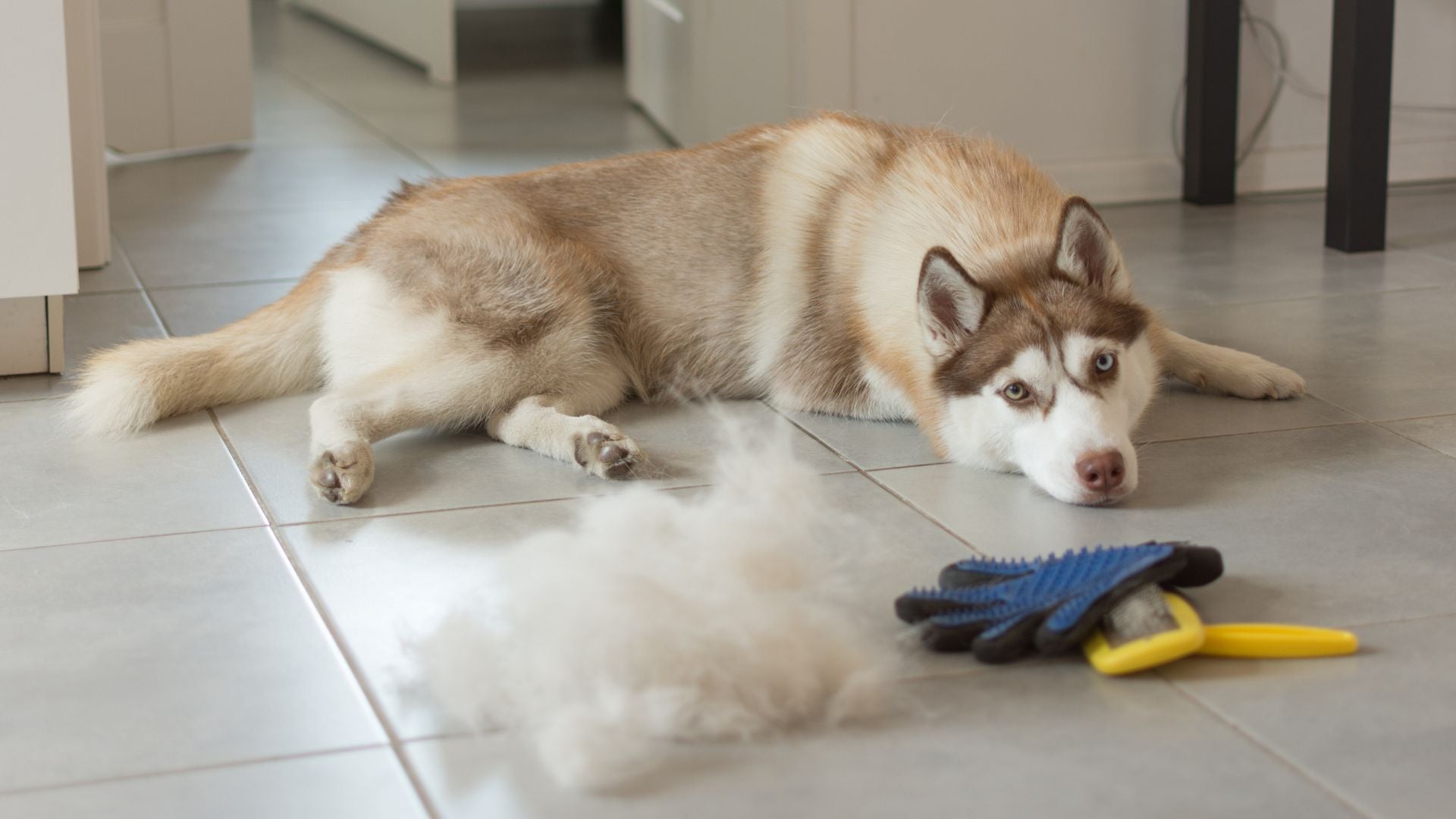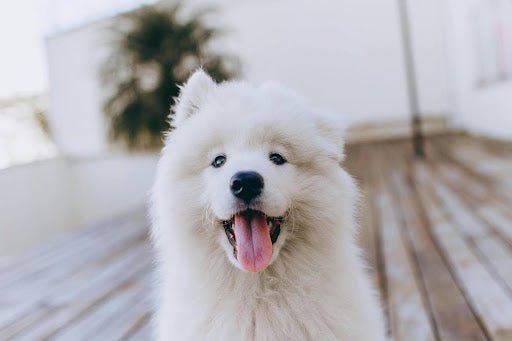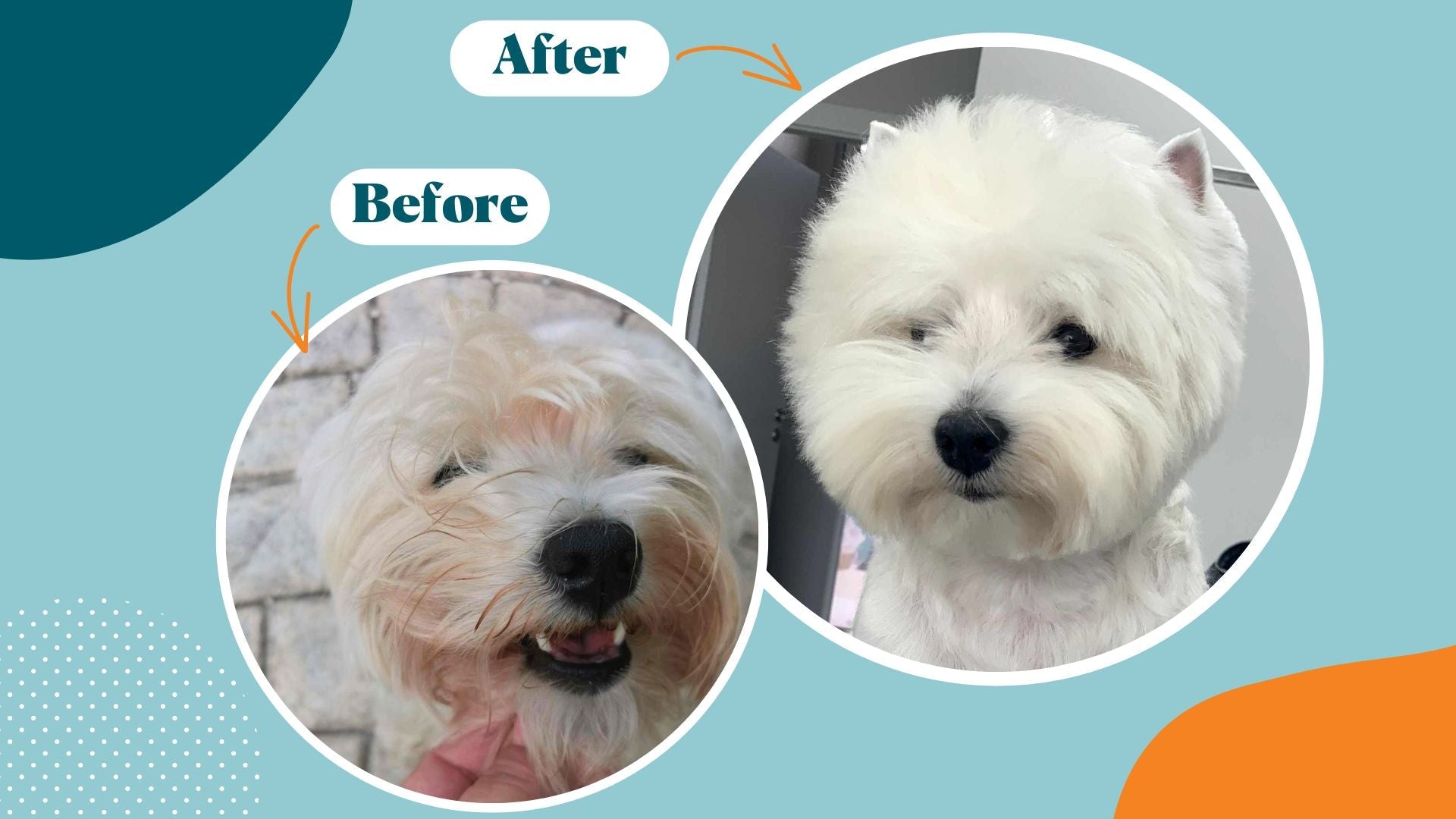Have you noticed a change in your dog's fur color and wondered why this happened? Are you concerned if your dog's coat color will return to its original shade? Don't worry, it's not unusual for a dog's fur to change color with time. But why does this occur?
To unravel the mystery behind this, let's delve deeper into what determines a dog's fur color and what factors can trigger changes. It's crucial to examine any alterations in your dog's fur color as it may indicate an underlying issue. Many clients of mine ask “Can dogs coats change color?”, and the answer is YES. Therefore, let's explore some common reasons for variations in a dog's coat color.
Coat color pigments
Have you ever wondered what determines your dog's fur color? Well, the amount of pigment present in the hair shafts, particularly in the guard hairs, is responsible for your dog's fur color. Interestingly, two main types of pigments - eumelanin and pheomelanin - determine the color of your dog's fur.
Eumelanin is responsible for black fur in dogs. Melanocytes are cells that produce eumelanin, and genes can alter the concentration of eumelanin resulting in variations of black. Pheomelanin produces reddish-brown coat color by default. This is responsible for the "red" coat of breeds like Irish Setters. The concentrations and distribution of eumelanin and pheomelanin in a dog's hair shafts vary depending on genetics and environmental factors, determining the dog's coat color. However, most dogs have both eumelanin and pheomelanin in their coats.
The role of genetics in coat color
The color and pattern of a dog's coat are largely determined by genetics. Specific genes that control coat color and patterns are often breed-specific and can be passed down from one generation to the next. For instance, the gene responsible for producing black coat color in Labrador Retrievers is distinct from the gene that determines black coat color in Doberman Pinschers.
The effect of aging on coat color
As dogs age, it is not uncommon for changes in their coat color to occur. These changes can include the graying or whitening of fur, particularly around the muzzle and eyes. This is due to a decrease in the production of melanin, the pigment that gives fur its color. As a result, the fur may become lighter or appear to fade. Additionally, some dogs may experience changes in coat texture, such as a coarser or wirier coat, as they age. While these changes are a normal part of the aging process and typically not a cause for concern, sudden or dramatic changes in coat color or texture should be evaluated by a veterinarian to rule out any potential health issues.
Environmental factors that can cause discoloration
Environmental factors that can affect a dog's coat color may include exposure to sunlight, diet, and exposure to certain chemicals or pollutants. For example, prolonged exposure to sunlight can cause a dog's coat to fade, particularly if the dog has light-colored fur. Additionally, certain ingredients in a dog's diet may affect the production of pigments that give the coat its color. Exposure to chemicals or pollutants in the environment can also cause changes in the color or texture of a dog's fur.
In some cases, environmental factors can also interact with genetic factors to produce changes in coat color. For instance, a dog with a genetic predisposition for a certain coat color may experience a change in the intensity or hue of that color when exposed to certain environmental factors.
It is important to note that changes in coat color due to environmental factors are generally temporary and do not indicate any underlying health issues. However, sudden or dramatic changes in coat color should always be evaluated by a veterinarian to rule out any potential health concerns, such as infections or allergies.
Nutritional deficiencies and their impact on coat color
A dog's coat color can be influenced by their diet, as certain nutritional deficiencies can lead to changes in coat color and texture. Even if you have a white dog, fur discoloration can still be a problem. For example, a deficiency in zinc or copper can cause a dog's coat to become dull, dry, or even depigmented, leading to more serious coat problems in dogs. Similarly, a lack of essential fatty acids can lead to a flaky or itchy coat.
Fortunately, there are specialized dog foods available that can help address these nutritional deficiencies and promote a healthy coat. One such example is Nature’s Protection Superior Care Red Coat, a dog food that contains a blend of vitamins, minerals, and essential fatty acids to support healthy skin and coat. This food includes the RCE (Red Coat Enhancer) Complex, which is a complex of amino acids that function in the hair roots and increase color pigments in melanocyte cells. Coat color pigments eumelanin and pheomelanin are fed by the amino acids: cysteine, tyrosine, and methionine. Including these amino acids in the Red Coat food works as a food for melanocyte cells and helps to promote the natural pigment of the hair.
Preventive measures to maintain coat color
To maintain a dog's coat color, there are several measures that dog owners can take for coat discoloration prevention. The first step is to ensure that their pet is receiving a well-balanced and nutritious diet. As we discussed earlier, nutritional deficiencies can lead to a dull and faded coat color. Therefore, feeding them a diet rich in essential vitamins and minerals is crucial. Additionally, grooming techniques and bathing with natural skin and coat care products can also help maintain coat color by keeping the fur clean and healthy. Dogs with long hair may require more frequent grooming with professional grooming tools to prevent matting and tangling, which can affect their coat's appearance. Providing protection from the sun is also important, as excessive exposure can damage the hair and cause color fading. Investing in dog-specific sunscreen and protective clothing can help in this regard. Finally, staying up-to-date with regular vet checkups can help identify any underlying health issues that may be impacting the coat color. By taking these preventive measures, dog owners can help their furry companions maintain their vibrant coat color and overall health.
Treatment options for coat discoloration
If you have noticed discoloration on dog’s fur, there are several treatment options available. The first step is to identify the underlying cause of the discoloration. If it is caused by a nutritional deficiency, the most important treatment is to adjust your dog's diet. Providing a balanced and nutrient-rich diet can go a long way in restoring your dog's coat color. One excellent option for dogs with coat discoloration is the Red Coat food line with RCE (Red Coat Enhancer) Complex, which is a complex of amino acids that function in the hair roots and increase color pigments in melanocyte cells.

In addition to dietary adjustments, other treatment options for coat discoloration may include grooming products. Bathe your pet with natural bathing products, such as Tauro Pro Line, which can help to remove any buildup on the hair shafts and promote healthy hair growth.
Supplements, such as vitamins and minerals, can also be beneficial in restoring coat color. For example, omega-3 fatty acids are known to have anti-inflammatory properties and can help to improve skin and canine coat health.
It's important to note that some underlying causes of coat discoloration may require medical treatment. If the discoloration is caused by an underlying health condition, such as a thyroid disorder or Cushing's disease, your veterinarian may recommend medication or other treatments. In these cases, it's important to work closely with your veterinarian to develop a treatment plan that is tailored to your dog's specific needs. However, in most cases, a combination of dietary adjustments and topical treatments can go a long way in restoring your dog's coat color and promoting overall skin and coat health.
Conclusion
Coat color in dogs can change for various reasons, including genetics, aging, hormonal changes, environmental factors, and nutritional deficiencies. While some coat color changes are natural and nothing to worry about, others can be indicative of underlying health issues. That's why it's essential to pay attention to your dog's coat color and seek veterinary care if you notice any significant changes.
Proper nutrition is crucial for maintaining a healthy coat, and switching to Nature’s Protection Superior Care food and adding supplemental treats can help promote a healthy coat color and good overall health. However, it's important to keep in mind that no single treatment option can address all types of coat discoloration. A combination of preventive measures, dietary changes, and targeted treatments prescribed by a veterinarian may be necessary to help maintain a healthy coat color.
Overall, keeping your dog's coat healthy and vibrant can help ensure that your furry friend looks and feels his best. By staying informed about the factors that can impact your dog's coat color and taking steps to address any issues that arise, you can help your dog enjoy a long and healthy life with a beautiful coat.
Breeding dogs for more than 35 years brought me to my mission – to understand and create the best products for pets. I’m ready to share my long-tested and thoroughly created pet care system with you!
If you like this blog, subscribe to our newsletter to get more exclusive content. Register here.

